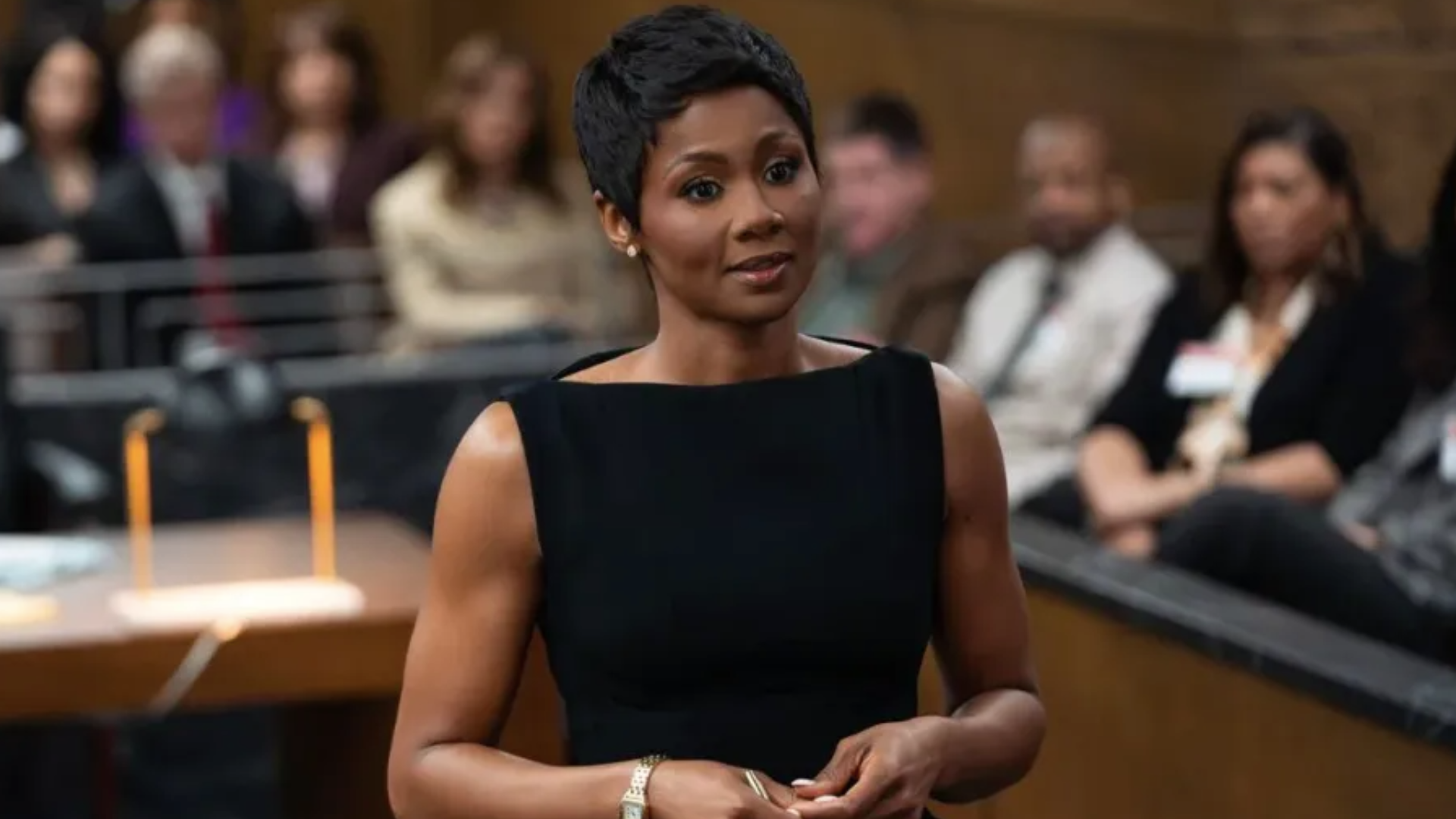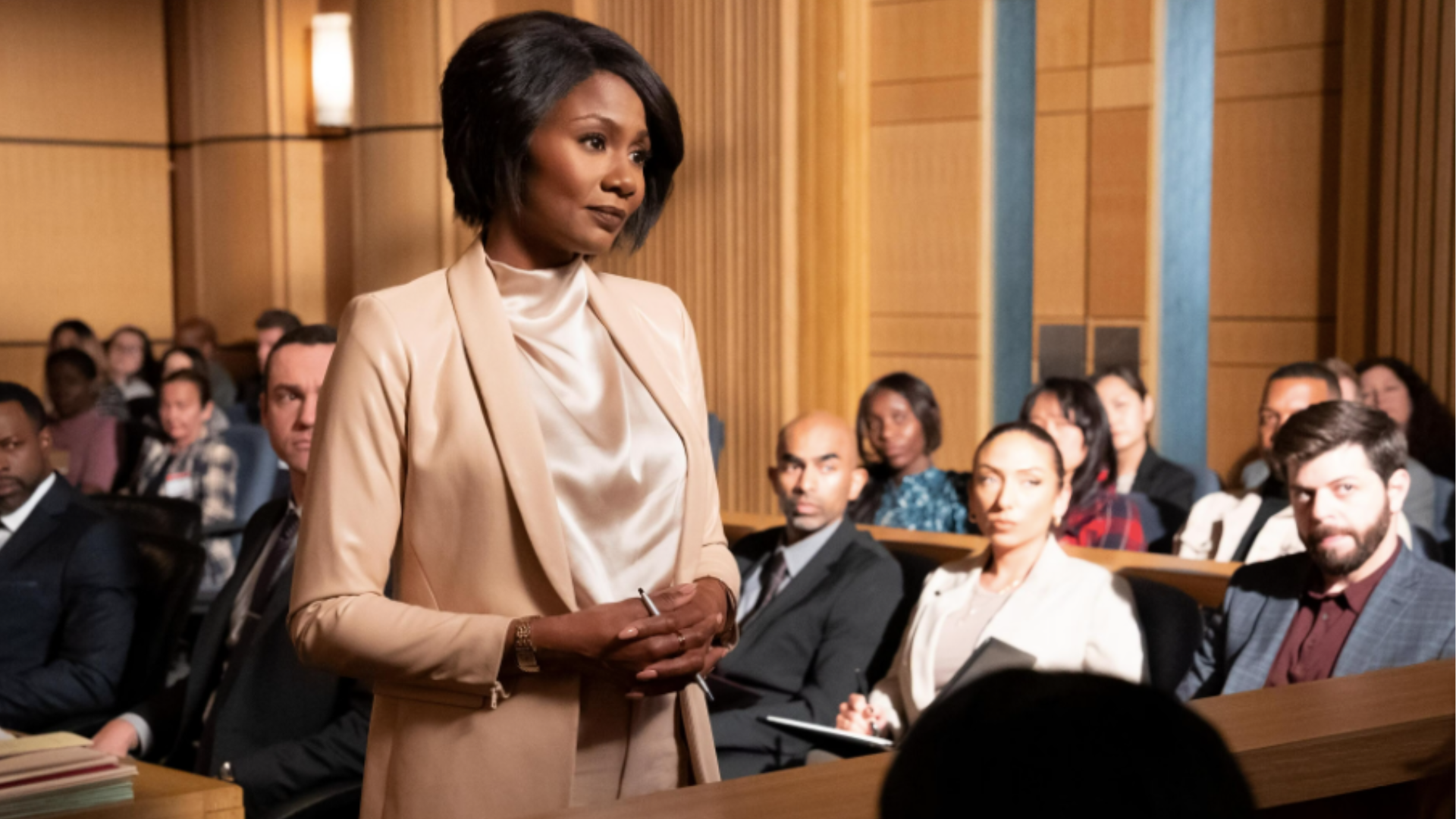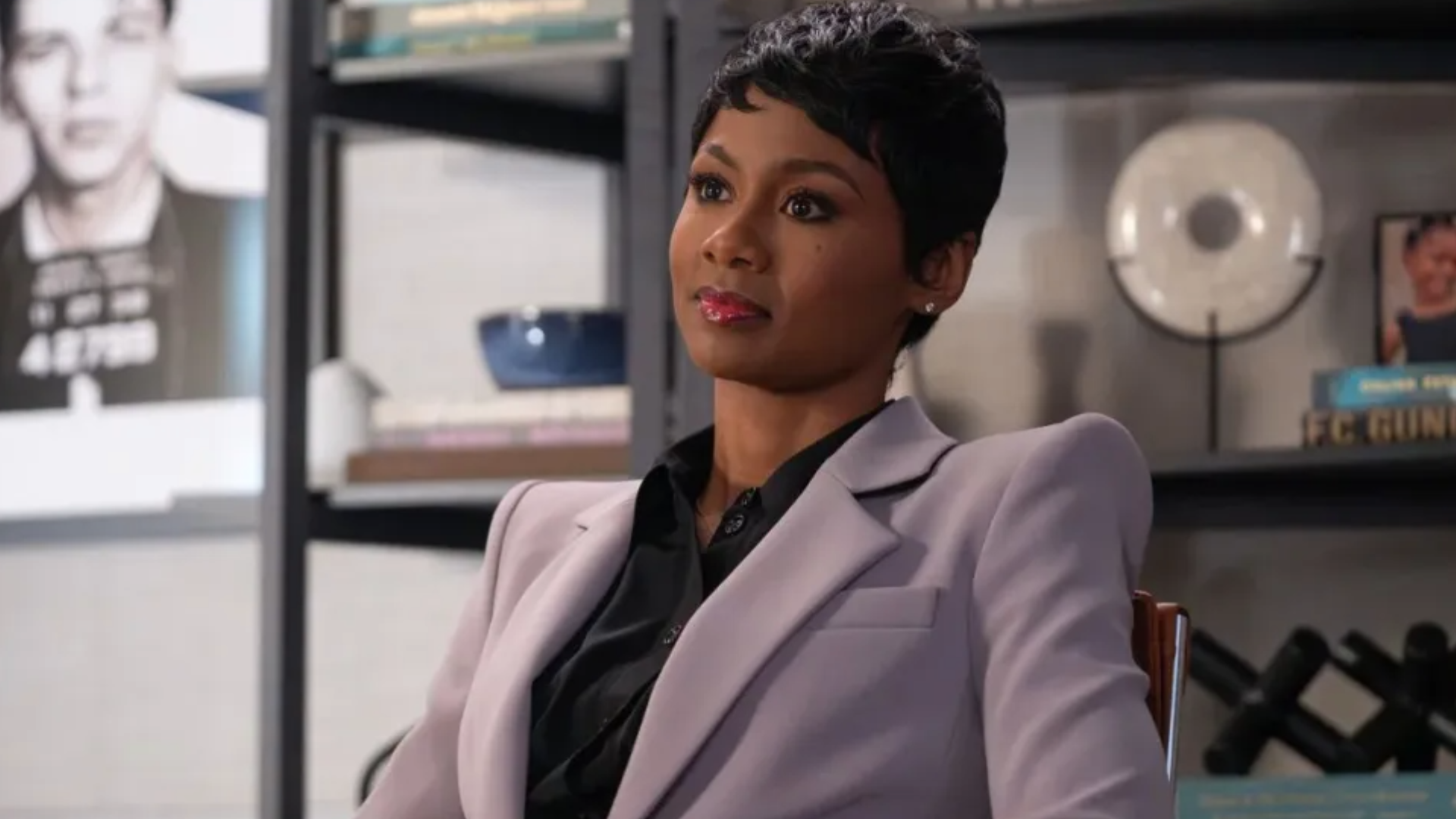deerstalker
https://www.blackenterprise.com/15-summer-reads-black-authors/
Originally Published Jul. 4, 2019.
Summer is upon us, which means it’s time to charge our melanin on the beaches and in parks, stretched out with a great summer read. Below you’ll find 15 of the hottest books for the season by black authors (in alphabetical order).
15 Summer Reads by Black Authors
American Spy by Lauren Wilkinson
Author Lauren Wilkinson, a New York native, debuted with her page-turning novel American Spy, which was named “one of the best books in 2019 so far” by Time.
The espionage thriller, which has been inspired by real life events, takes us back to 1986 with a black female FBI intelligence officer. This thriller is full of drama and romance—a no-brainer for a summer read.
Black Enough: Stories of Being Young and Black in America (multiple contributors)
This 2019 YA fiction book features an intriguing compilation of short stories from some of today’s top black authors in the Young Adult genre, providing a glimpse of what it means to be young and black in America.
Contributors: Justina Ireland, Varian Johnson, Rita Williams-Garcia, Dhonielle Clayton, Kekla Magoon. Leah Henderson, Tochi Onyebuchi, Jason Reynolds. Nic Stone, Liara Tamani, Renée Watson,Tracey Baptiste, Coe Booth, Brandy Colbert, Jay Coles, Ibi Zoboi and Lamar Giles.
Black Girls Must Die Exhausted by Jayne Allen
Author Jayne Allen, from Detroit, is best known as the lady that “smiles widely, laughs loudly and loves to tell stories that stick to your bones.” Black Girls Must Die Exhausted is one of those stories. Allen, however, prefers to call her style “chocolate chick lit with a conscious.”
This modern-day novel highlights many issues that women deal with today: fertility troubles, workplace womanhood, racism, mental health woes, and so much more! Readers will undoubtedly fall in love with the protagonist, Tabitha, and her two girlfriends who take the world on their shoulders in a tough journey to find their inner Black Girl Magic. If you’re a fan of Terri MacMillan or Omar Tyree novels, you’ll want to grab this one.
Darkness to Light by Lamar Odom
Two-time NBA champion and infamous Kardashian husband Lamar Odom has had his share of star-studded highs and death-gripping lows. In his revealing memoir, Odom gets transparent about the money, fame, drug addiction, and women that caused his life to spiral out of control and how he has managed to find hope at the other end.
Darkness to Light gives readers a real behind-the-scenes glimpse into a life that many thought they knew.
How We Fight White Supremacy: A Field Guide to Black Resistance by Akiba Solomon & Kenrya Rankin
How We Fight White Supremacy is a celebration of black resistance through highlighting many of the doers in the black community today. Amazon describes it best with, “[The book] offers a blueprint for the fight for freedom and justice—and ideas for how each of us can contribute.”
The revolutionary pages feature contributions from favorites like Amanda Seales, Patrisse Khan-Cullors, Michael Arceneaux, Harry Belafonte, Alicia Garza, and 17 others.
Let Love Have the Last Word by Common
Instant New York Times best-seller, Golden Globe, Grammy, and Academy Award-winning actor/rapper Common dropped his second memoir in May and it’s already flying off the shelves. The rapper is known for being introspective and he goes deep in Let Love Have the Last Word.
Getting vulnerable, he shares of his experiences with love and how often he fell short of the goal. Common dives into self-love, God, children, family, partners, and even community, assisting us to comprehend what it means to receive and give love.
More Than Enough by Elaine Welteroth
Described as a part-manifesto, part-memoir, Elaine Welteroth, former Teen Vogue editor (known for revolutionizing the popular magazine through adding pieces dedicated to social consciousness), helps readers to come into their own, on their own terms.
This instant New York Times best-seller even had Yara Shahidi in awe. She shared, “Elaine gifts us all with a beautifully intimate and powerful retelling of her ever-unfolding journey. In sharing her joys, pitfalls, adventures, self-doubt, and successes, she reminds us that through uncovering and discovering the many facets of ourselves, we are more than enough.”
Opposite of Always by Justin Reynolds
This YA fictional love story (with a little sci-fi) is full of so many twists and turns that you will not be able to put it down. The novel tells the story of a boy who swiftly falls in love and is faced with the death of his new love just as speedily. Travelling back in time in an attempt to prevent her death results in him changing other pieces of his reality that he didn’t know could be messed with. Within the depths of the pages you’ll find yourself questioning how you’d act if presented with similar circumstances.
Reynolds has done a spectacular job with this newly-released summer read. Angie Thomas, No. 1 NYT best-selling author of The Hate You Give, said that Opposite of Always is one of the best stories she has ever read!
Patsy by Nicole Dennis-Benn
This heart-wrenching novel pulls on all of the emotions as Patsy leaves her Jamaican hometown and daughter Tru behind in hopes of a better life and rekindling an old flame with a female friend in New York City. Throughout this page-turner, many troubles arise as a result of Patsy’s overzealous evangelical mother, her being an undocumented immigrant in the U.S., and her daughter dealing with the complex struggles of abandonment.
In Patsy, Dennis-Benn gives a voice to those who look to the USA for opportunity, parents who choose themselves over their loved one’s security and highlights the LGBTQ+ community in a fresh way. The book effortlessly alternates between Patsy’s new tough life in the city and her daughter Tru’s journey back home in Jamaica.
Side Chick Nation by Aya de León
Author Aya de León is an award-winning author, activist, educator and spoken word poet. Side Chick Nation is book four of her urban crime fictional series Justice Hustlers, however, it works well as a stand-alone novel. In this remarkable summer must-read, the main character Dulce is tired of her married drug-dealing boyfriend’s antics, steals his cash and flees from Miami to her family in the Caribbean, ditching the side-chick life. The author takes the story on an interesting journey, exploring colonization, climate change and the US government’s response to Hurricane Maria.
Side Chick Nation is an entertaining, insightful, satisfyingly feminist read.
The Greatest You by Trent Shelton
The author, a former NFL player turned inspirational speaker and nonprofit founder, shares his arsenal for success, which he learned through the depths of despair. Prepare to be uplifted and transformed by this self-help read in which Shelton provides personal stories and useful steps to shape readers into their greatest version yet.
The Truth About Men: What Men and Women Need to Know by Devon Franklin
DeVon Franklin, an award-winning film & TV producer, bestselling-author, prominent preacher, coach, and husband to actress Meagan Good, dishes it to readers in a way that only he can. He advises that not all men are not, however, all men do share the same struggle. While comparing men to dogs who need a master, Franklin attempts to assist both women and men to get to the root cause of infidelity.
At the end of each chapter in this controversial read, the author shares practical tools and resources for women to empower their men, and for men to assist themselves with their daily hurdles. Amazon describes it as, “a raw, informative, and compelling look at an issue that threatens to tear our society apart yet it offers a positive way forward for men and women alike.”
We Cast a Shadow by Maurice Carlos Ruffin
Ruffin did an impeccable job with his debut novel about a father willing to do anything to protect his son from violence that plagues the black community—including turning him white. For readers who enjoyed Get Out, this brilliant satire piece highlights an all too real reality for many living today. A New York Times book review by Nana Kwame Adjei-Brenyah sums it up wonderfully:
“Love is at the core of this funny, beautiful novel [that] asks some of the most important questions fiction can ask, and it does so with energetic and acrobatic prose, hilarious wordplay and great heart…We Cast a Shadow churns fresh beauty from old ugliness… Read this book, and ask yourself: Is this the world you want?”
What Doesn’t Kill You Makes You Blacker by Damon Young
The author, cofounder of VerySmartBrothers.com, debuts with an essay-style memoir full of thought-provoking humor surrounding what it’s like growing up as a black male in America—which for him is an extreme sport.
From publisher Harper Collins: “The act of possessing black skin while searching for space to breathe in America is enough to induce a ceaseless state of angst where questions such as “How should I react here, as a professional black person?” and “Will this white person’s potato salad kill me?” are forever relevant.”
With the Fire on High by Elizabeth Acevedo
Author Elizabeth Acevedo is an afro-Dominican New York Times best-selling author, award winning slam poet, and all around one to follow in the YA scene. The main character in With the Fire on High novel, Emoni, is a teenage mom living with her grandmother who has had to make many tough decisions in her life. With a desire to do right by her child and grandmother, and an equally burning passion to become a chef, we follow her journey to pursue what she believes to be impossible.
Highlighting the reality of poverty, teenage pregnancy, and even the post-pregnancy body, Acevedo hits yet another book out of the park.
Black Enterprise Contributors Network















 Disney/Hulu
Disney/Hulu  Disney/Hulu
Disney/Hulu